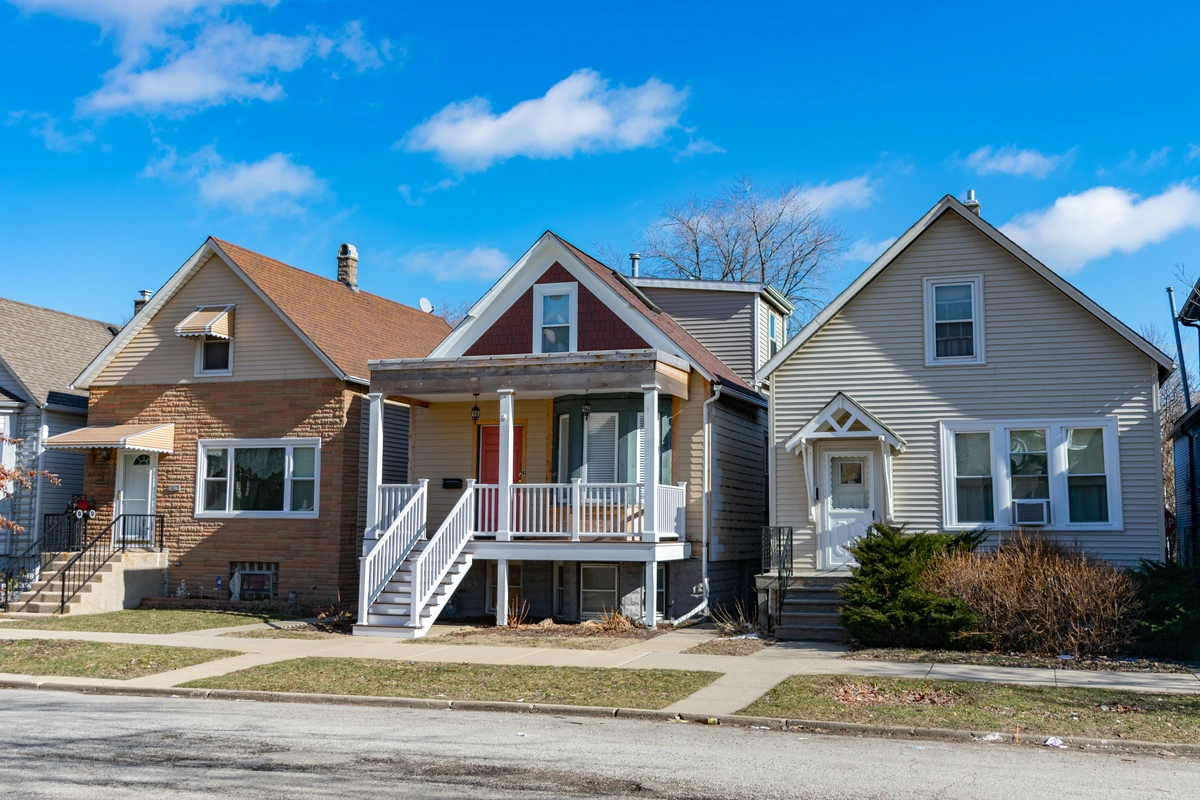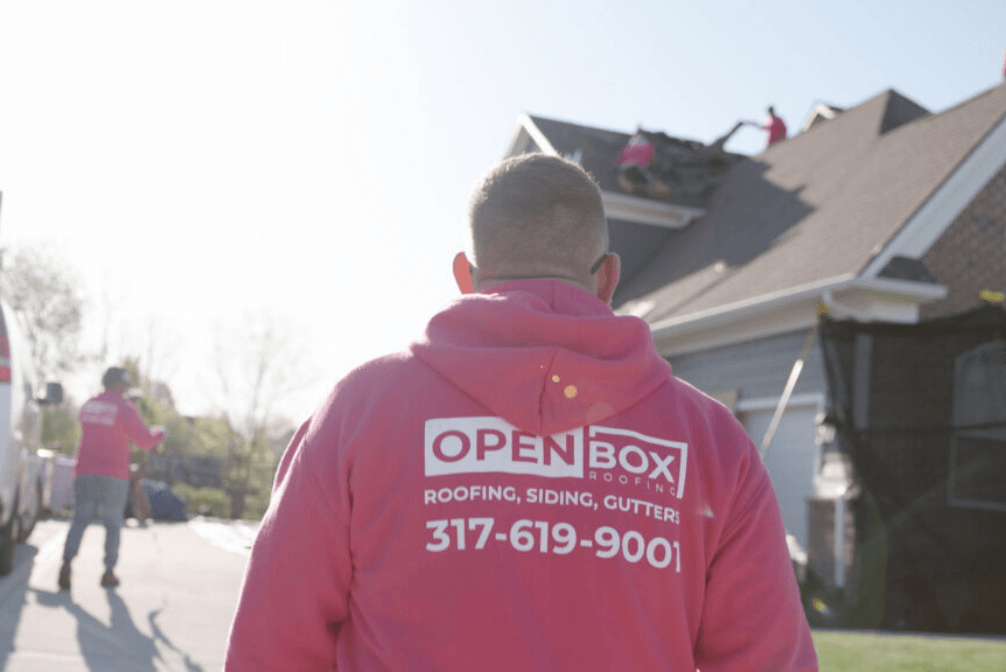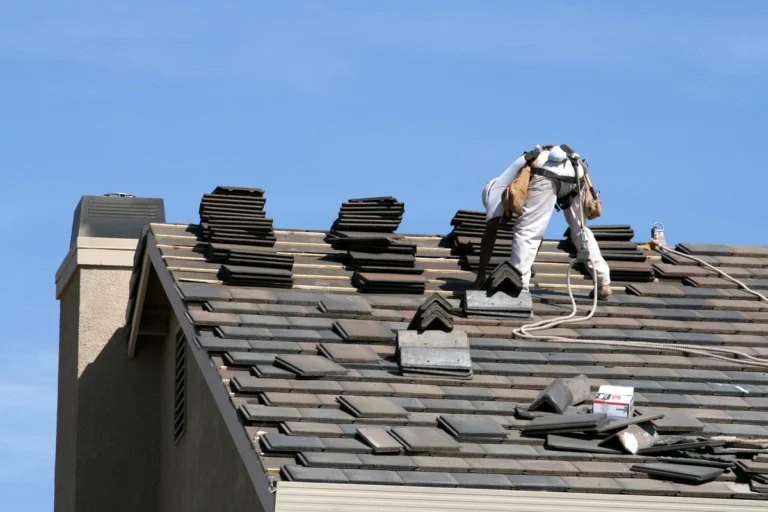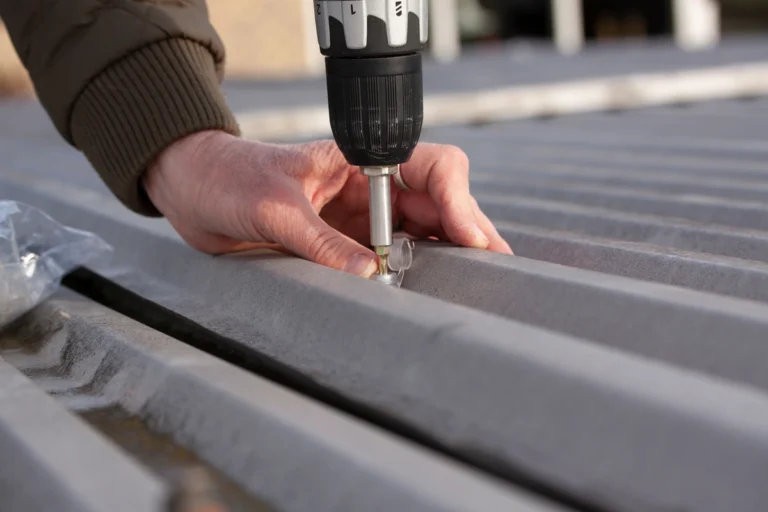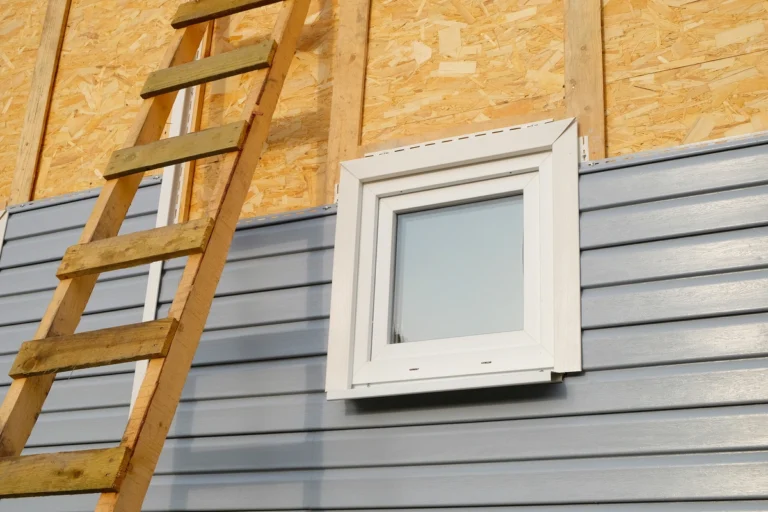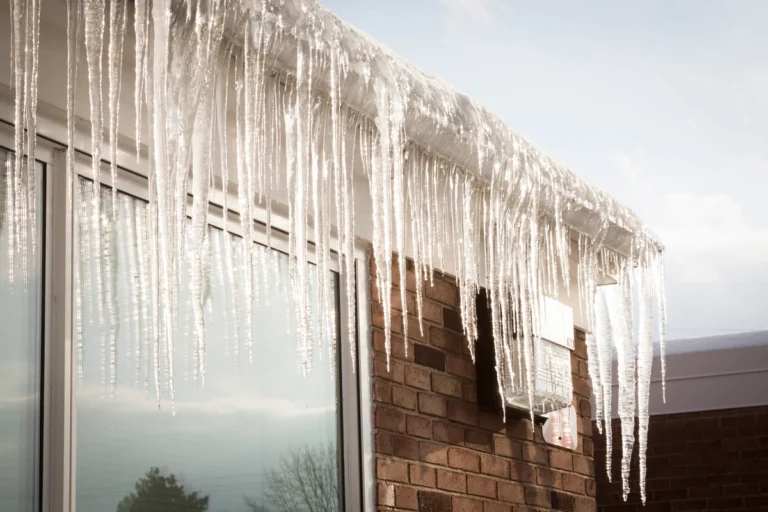A roof is one of the most critical components of any home, protecting it from harsh weather, UV rays, and other potential damages. So, how often should you plan for a new roof?
When considering the best time to get a new roof installed, various factors such as materials used, climate conditions, and maintenance levels affect the process, so you’ll want to be informed and prepared.
Take a look at essential aspects like understanding your roof’s lifespan and recognizing signs that indicate it’s time for a replacement.
Understanding Roofing Lifespan
To determine when it’s time to replace your roof, it’s important to understand the average lifespan of popular roofing materials and the factors that can impact their longevity.
Factors That Affect The Lifespan Of Your Roof
Various factors can influence the lifespan of your roof, ranging from the type of roofing material to environmental conditions and proper maintenance. For example, architectural asphalt shingle roofs are known to last around 20 years, while tile roofs boast a significantly longer life expectancy of up to 50 years or more.
Additionally, adequate attic ventilation plays a vital role in extending your roof’s lifespan by preventing trapped moisture that leads to wood rot and other structural issues.
Homeowners should be aware that poor workmanship during installation or repairs may also result in an earlier than anticipated full roof replacement. The importance of selecting an experienced and reliable roofing expert plays a key role in the longevity of your roof.
Signs That Indicate It’s Time To Replace Your Roof
There are several signs that indicate it’s time to replace your roof, including the age of the roof, damaged or missing shingles, a sagging roof deck, water damage, and excessive granule loss from the shingles.
Age Of The Roof
One of the most significant factors that determine when it’s time to replace your roof is its age. Generally speaking, shingle roofs have a lifespan of 15-30 years, with architectural asphalt shingles lasting closer to 30 years and traditional three-tab composition shingles at around 25 years.
However, various external factors like harsh weather conditions and UV rays can contribute to a reduced life expectancy. For example, exposure to high winds or storm damage may cause missing or damaged shingles, which in turn could lead to water damage if left untreated.
As a homeowner, it’s crucial not only to keep track of these repairs but also maintain accurate home improvement records documenting any work done on the roof.
Damaged Or Missing Shingles
Damaged or missing shingles are often one of the first visible signs that your roof may need replacement. As shingles age, they can become brittle and less resistant to harsh weather conditions such as high winds, heavy rain, and hail.
To prevent further damage to your home’s structure and avoid costly repairs down the line ensure that you promptly address any damaged or missing shingles with professional help from a roofing contractor who can assess if additional repairs are necessary.
Sagging Roof Deck
A sagging roof deck is a cause for concern and could indicate underlying problems that can lead to more extensive damage. Sagging roof decking occurs when the supporting structure of the roof, such as beams or rafters, start to weaken over time due to moisture or termites.
This issue can happen with any roofing material and can be worsened by harsh weather conditions such as high winds or storms. Look out for visible signs of a damaged roof deck like a dip in your ceiling or noticeable curvatures on the exterior of your home.
Unfixed damage can result in more extensive and dangerous issues like rotting boards, mold or moss growth, and substantial water damage.
Water Damage
One of the most common signs that it’s time to replace your roof is water damage. Actually, water damage can lead to further and more expensive repairs if not addressed quickly.
Water stains on ceilings or walls suggest there may be an unaddressed leak in your roof. If left unchecked, this excess moisture can cause mold growth, a sagging ceiling, and a host of other problems that undermine the integrity of your entire home structure.
It’s essential for homeowners to inspect their roofs regularly and get any leaks fixed as soon as possible by hiring a professional roofing contractor before extensive damage occurs.
The Roofing Timeline
Learn about the average lifespan of popular roofing materials, factors that can affect replacement costs and timeline, and why it’s important to hire professional roofers for the job.
Average Lifespan Of Popular Roofing Materials
The lifespan of your roof depends heavily on the material it’s made from, and knowing how long you can expect each type to last is important when trying to plan for a replacement.
Asphalt shingles are the most popular roofing material for residential properties due to their affordability and durability, lasting 20-30 years with a 25-year warranty. Wood shingles roofs have a shorter lifespan of around 15-25 years but provide a unique aesthetic that some homeowners prefer.
Metal roofs can last up to 50 years or more, while tile roofs (made from materials such as clay) can last up to 75 years with proper maintenance. Remember that frequent inspections and regular maintenance will help extend the life of your roof regardless of its material.
Make sure you keep home improvement records handy so you’ll know exactly when your current roof was installed in case you need repairs or a replacement down the road.
Factors That Can Affect The Timeline And Cost Of Replacement
Several factors can impact the timeline and cost of a roof replacement. The size and slope of the roof, as well as the type of material being used, are two significant factors to consider.
For example, a small roof may only take one day to replace while larger roofs could take up to 12 days.
Weather conditions can also affect both the timeline and cost of an entire roof replacement. Rain or high winds may delay work or even cause further damage that needs to be fixed before continuing with installation.
The Importance Of Hiring Professional Roofers
Hiring professional roofers is crucial when it comes to ensuring the longevity and safety of your roof. While DIY roofing may seem like a cost-effective option, purchasing necessary equipment can be expensive, and bad patch jobs can rapidly worsen leading to further damage down the line.
Professional roofers are experienced in working with deadlines and can ensure timely completion of work, as well as ensure that your roof is structurally sound and tell you if the roof needs to be replaced.
Final Thoughts
How often should you replace your roof? Understanding the lifespan of your roof and recognizing key warning signs can help you determine when it’s time for a replacement. As a general rule of thumb, asphalt shingles should be replaced every 15-30 years, while metal roofs can last up to 75 years with proper care.
Other factors such as location and maintenance also play a role in determining the timeline for replacements. If you notice sagging spots or other visible signs of damage, don’t wait to contact the professionals at Open Box Roofing today!
